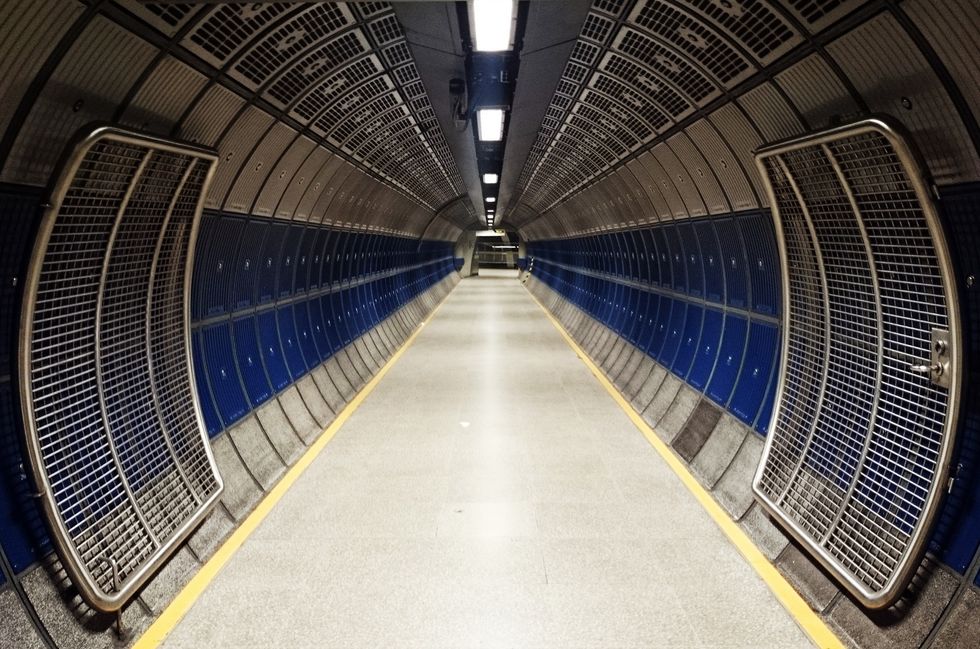Ever became frustrated at the shuttle system in the Wake Forest’s sphere of influence in Winston-Salem? So frustrated that you just want to sit somewhere in Benson circle and burst out into tears because you really wanted to enjoy a cup of coffee from Krankie’s? Well, the frustration may persist for years to come, and you may have to DIY the coffee with a Keurig, but it is reassuring to know that when we wipe away our tears, return to our residence halls, and make travel plans to big a city such as San Francisco, it will only take 30 minutes to travel to a nearby city for a sweet cuppa joe in Los Angeles, thanks to Elon Musk’s invention “Hyperloop.”
You may have rolled his name off your tongue many times before, or you may be baffled by who he is. Elon Musk, the man of the hour, the billionaire entrepreneur and CEO of SpaceX and Tesla, has been given permission to use machines from his new startup, “The Boring Company”, to build a tunnel that could eventually expand its line throughout the United States, eventually revolutionizing the way we travel.
Sounds like fun, doesn’t it? Let’s break it down:
Hyperloop is essentially a train system that Musk calls "a cross between a Concorde, a railgun, and an air hockey table", using tunnels and pods or capsules to move from place to place. Hyperloop proposes to move away from traditional wheels by using air bearings for pods instead, which will have the pod floating on air. The electromagnetic levitation of the train means there is no friction like a traditional train that runs on tracks.
This invention did not just come out of thin air. In fact, the hyperloop will be a collection of existing transportation and industrial technologies, such as vacuum system, pressure vessel, metal tube, part elevated structure, and bullet train. By using a row of small pumps typically used in steel factories, pressure inside the tube can drop to under 1/1000th of atmospheric conditions at sea level; the equivalent of what you get at 200,999 feet. That way, the few air molecules left are not going to get in the way of a speeding vehicle.
So, you're probably wondering, when will this occur? The tentative date has been set for December of 2018, and the test runs went for pure speed, sending the pod to 240 mph in just a few seconds, which was a new record. There are many engineering riddles to be solved, such as how to build a single type of pod that can carry both cargo and people, so to reduce pollution. There are also fights to be completed over land rights, environmental impact studies, political wrangling, as well as questions about funding.
'Hyperloop One' thinks it can launch a commercial system in 2021. The company is out in the desert working out its test tube called DevLoop.
We’ll see.
--- Ying






















